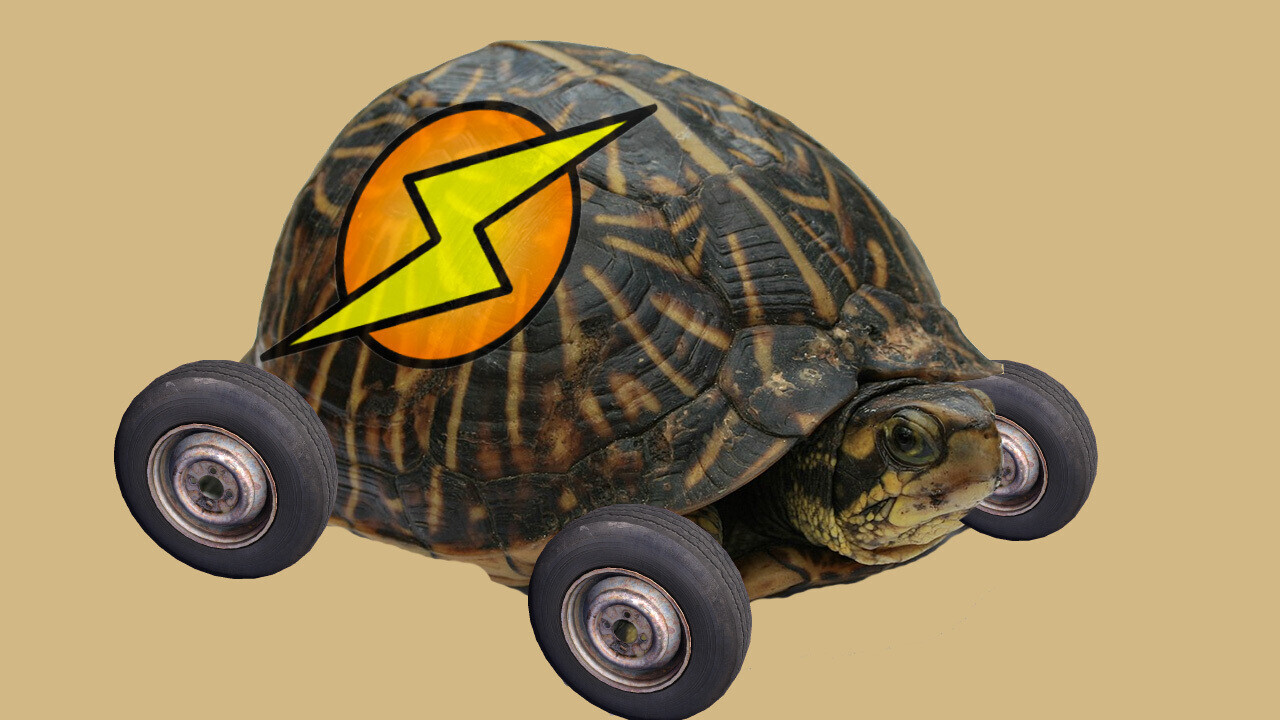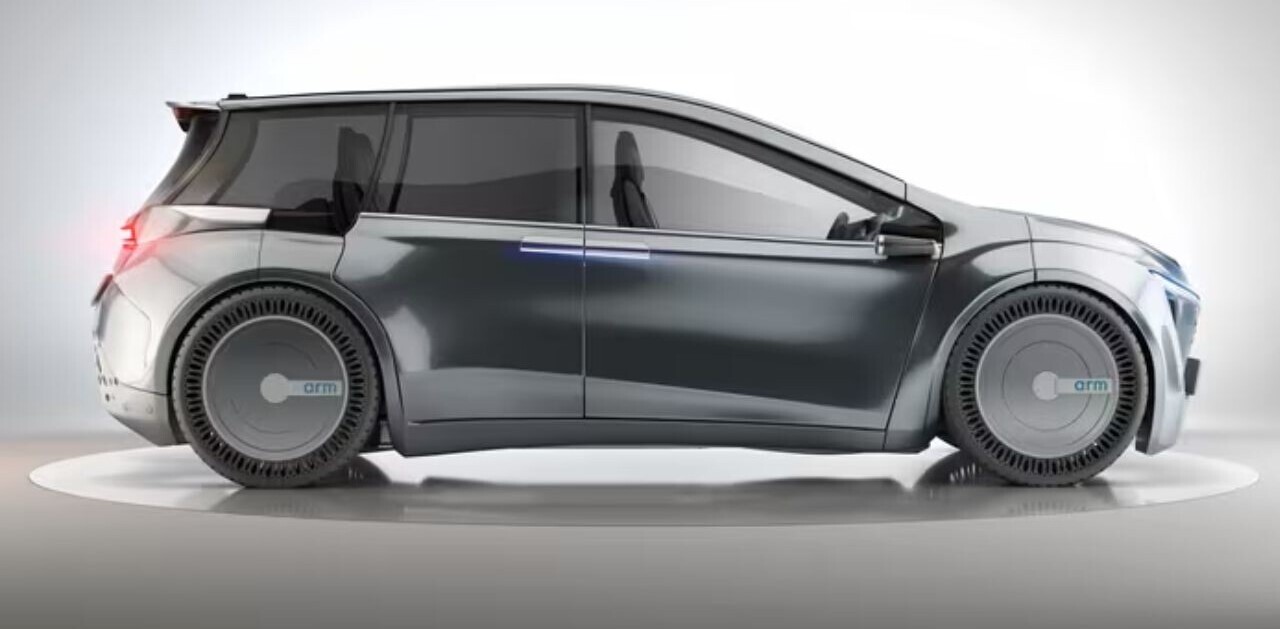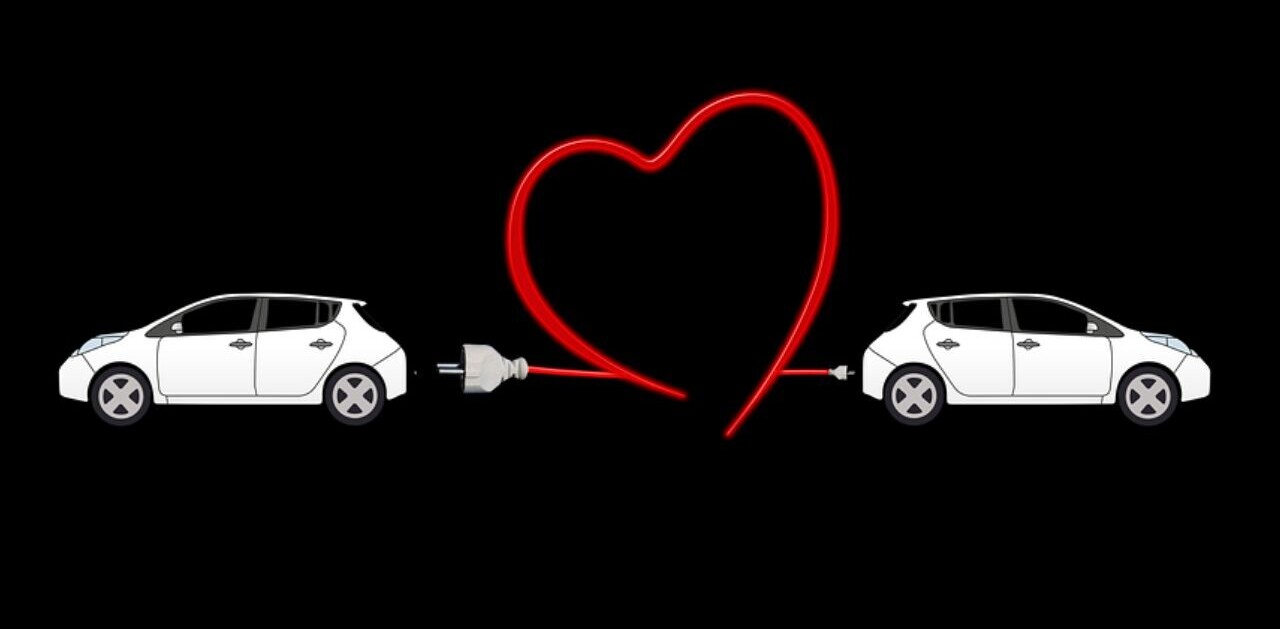
The idea of a multifunctional power suit may be common in superheroes like Iron Man, but what if an actual version of it existed?
A team of researchers from the University of Central Florida (UCF) and NASA has designed a special power suit that’s giving “superpowers” not to us — but to our EVs.
Made of layered carbon composite material and nanoscale graphene sheets, the suit works as a supercapacitor-battery hybrid device, able to store and provide energy.
It’s envisioned to be used as a car’s body shell, which you can see in the image below:

Just like a battery, the suit gets its power through charging, as well as from the EV’s regenerative braking system.
Thanks to the materials used, “its charge-discharge cycle life is 10 times longer than an electric car battery,” Jayan Thomas, co-author of the study, explains.
What does the suit bring to the table?
The first thing the tech claims to offer is increased range.
The composite material is lightweight — less heavy than steel and even aluminum — which reduces the vehicle’s weight and thus improves its range. (Don’t forget: the lighter the vehicle, the longer its range).
Plus, the suit can feed the stored energy to the electric motor, working as a “back-up battery” itself.
Specifically, the tech can extend its range by 25%, according to the researchers, meaning that a 381km-rated EV could get an extra 80 kilometers.
As a supercapacitor, the special shell can improve the electric car’s performance, providing it the extra power it needs to go from zero to 60mph in three seconds.
And despite the lightweight nature of the structure, the materials have significant impact and bending strength, enabling it to withstand a collision. They’re also nontoxic and nonflammable, which is crucial for passenger safety in case of an accident, Thomas says.
To showcase the tech’s application in EVs, the team fabricated a power suit for a toy car, which is able to operate using only the energy stored in its special body panel.
You can check it out in video below:
When can we suit up our EVs?
The suit is currently at a technology readiness level five, meaning it’s been tested in a relevant environment before being moved to a real environment, which constitutes level six.
To reach a commercial environment, it would need to pass the last stage, level nine, which would require further development and testing focused on commercial applications.
While it’s difficult to put a precise date on that, I still dream of a world where my EV becomes even more of a superhero.
Get the TNW newsletter
Get the most important tech news in your inbox each week.




